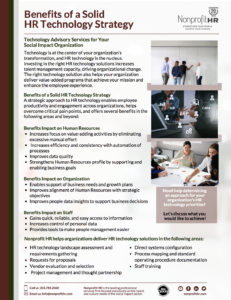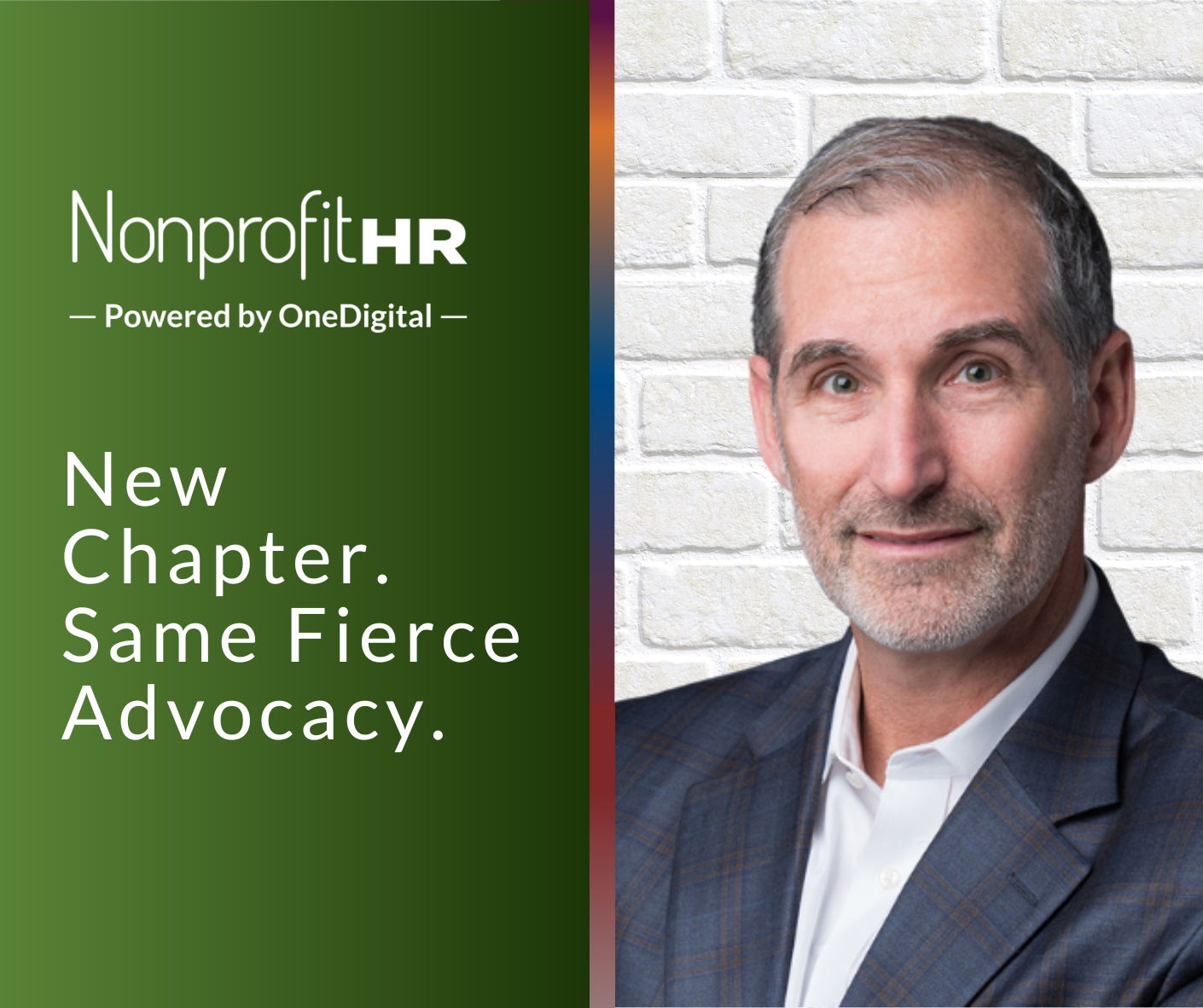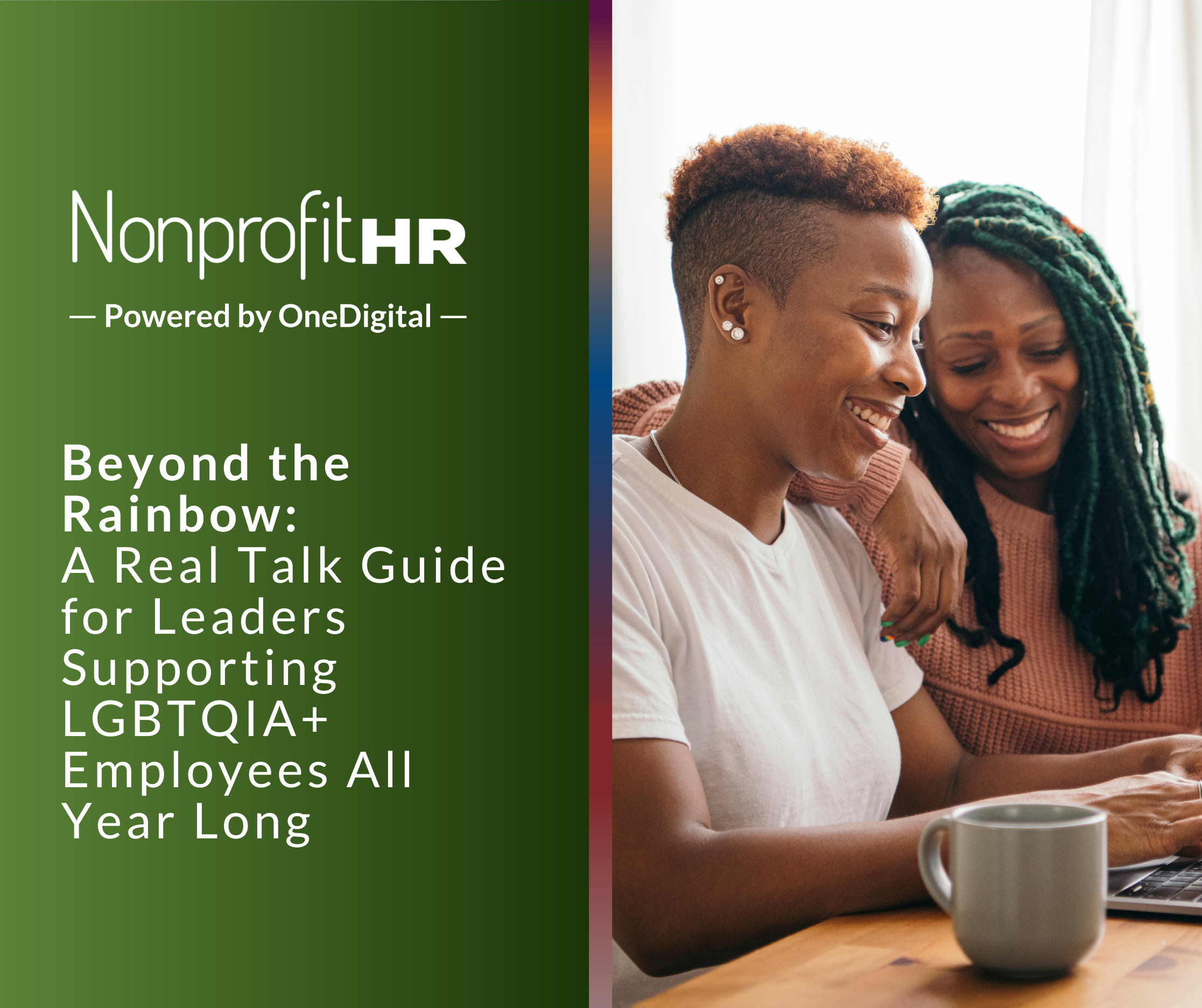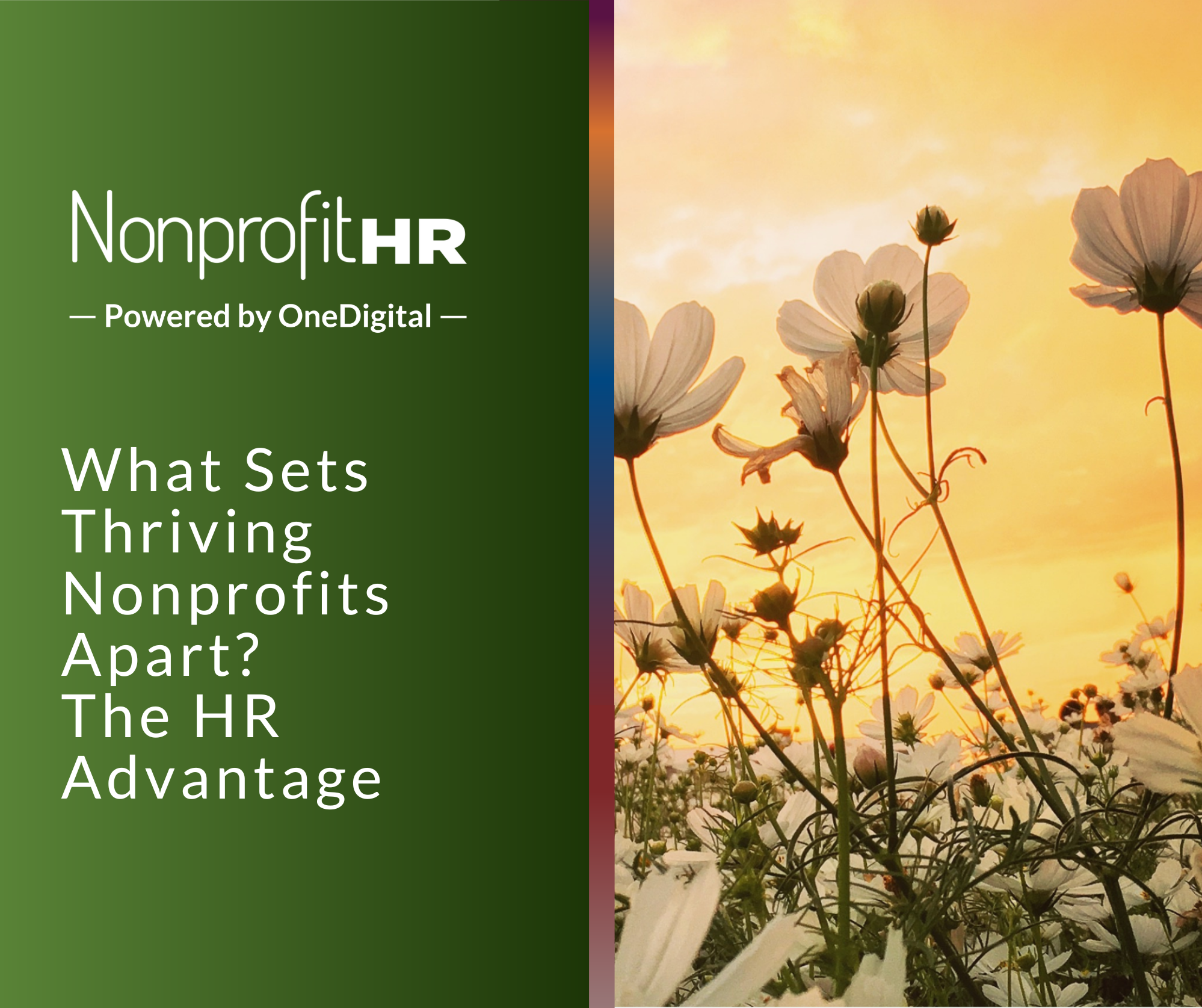WTOP: 5 ways nonprofits can…
An ounce of planning is worth a pound of preparedness
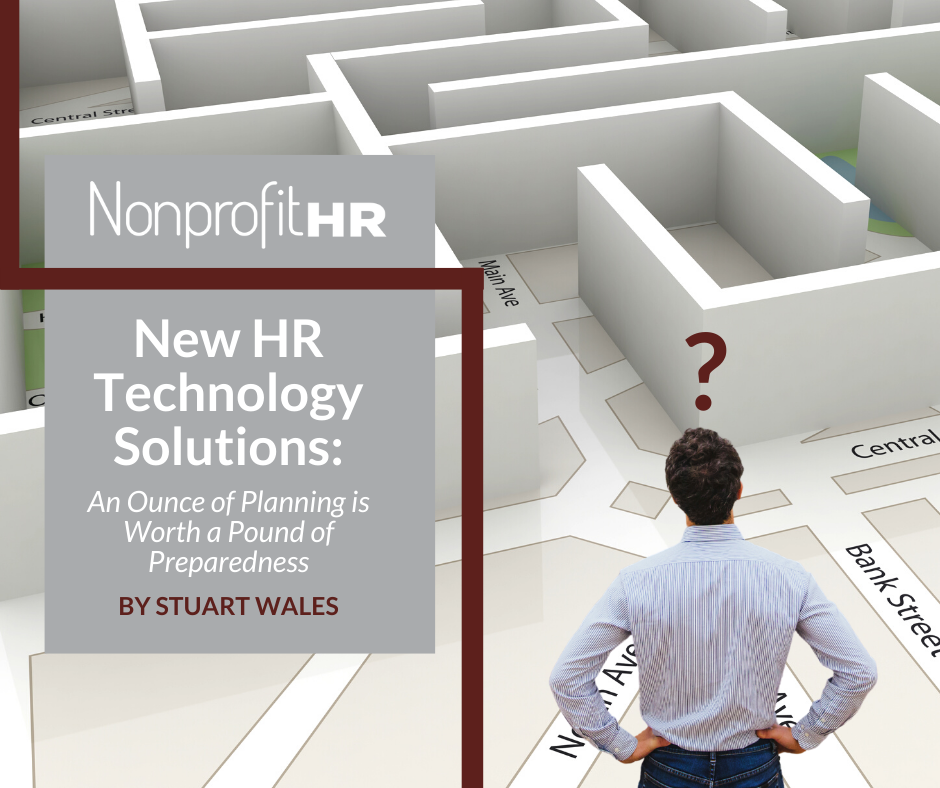
There are some lessons learned in these experiences, and here’s one thing that continues to be truer the more I do this: when a client is unhappy with their system it’s usually because something, or a lot of things, didn’t go well during implementation. One classic finding associated with this less than optimal outcome, which I’ve uncovered during a deeper dive into this challenge area, is organizations are not spending enough time planning for success before vendors are even engaged to do an HR technology demo.
Unsuccessful implementation can correspond with poor impressions and user adoption of the solution which will likely result in an equally poor return on investment. While many things can go wrong in an implementation, it is important to spend sufficient time in the planning and preparation stage for a new solution to increase your chances of success. Here are six ways to meticulously plan and prepare to execute an effective implementation.
Align Technology with Business Objectives
The decision to implement a new HR technology solution doesn’t happen in a vacuum; it should align with and support your organizational goals. Setting a vision and a roadmap will enable you to gain leadership buy-in while identifying how the new solution will meet current needs and future challenges.
Document Business Needs
A full list of system requirements should be documented by taking a deep dive into current and future business needs. Specifying organizational needs allows for alignment, sets expectations concerning pricing, and ensures that vendors can be compared on equal terms.
Document Processes
New solutions should, ideally, enhance existing processes rather than prompt unnecessary restructuring. Having clearly defined and documented processes enable decision-makers to ask critical questions during demos which allows for better evaluation of how a solution aligns with established processes. When you have a clear bird’s eye view of processes, you are then better able to spot practices that are not as efficient as they could be.
Consult Employees
The employee, or potential employee, experience is just as important to consider in ensuring organization-wide adoption. Gather insights from staff at all levels to gauge their expectations of viable solutions — and put these insights to use! Employee feedback should help inform and add value to the decision-making process.
Implementing a new solution does not automatically improve data quality. Garbage in, garbage out as the old computer science phrase goes. Data standards should be prepared in advance and adhere to best practices. The goal here is to ensure that existing data is consistently structured and formatted in a way than can be readily be mapped to the new system.
Add More Time
Business must generally be conducted as usual while you learn about, train on, and transition to a new solution. Many HR practitioners don’t have the luxury to completely switch focus to just the implementation of a new system. Planning for and building in extra time will enable any emergencies, or other unplanned interruptions to the implementation process, to be addressed while ensuring that milestones are still met.
Implementing and embracing a new HR technology solution doesn’t need to be a daunting concept. An ounce of planning is worth a pound of preparedness. Taking the steps outlined in this article will enable organizations to ensure that the product(s) selected support strategy, further streamline processes, and improve the employee experience that much more to deliver a solid return on investment by the time implementation is done.
Stuart Wales, MS, SHRM-CP, PHR
Consultant, Total Rewards
Nonprofit HR
About Stuart Wales:
Stuart has over ten years of experience working with small organizations in both the nonprofit and for-profit sectors. He is an HR technology advocate, implementing and leveraging solutions not just to automate processes but to transform the HR function and deliver more value and increased productivity for both clients and their employees. Beyond technology, Stuart employs a mix of creative and data-driven solutions that have aided clients in compliance, the employee experience, and compensation.
He holds a bachelor’s degree from North Carolina State University in Psychology and a Masters of Science Degree in Human Resource Development from Villanova University. Connect with Stuart on Linkedin

Nonprofit HR | Total Rewards
Download a one-pager and learn about how investing in the right HR technology solutions increases talent management capacity, and can drive organizational change. The right technology solution also helps organizations deliver value-added programs that achieve your mission and enhance the employee experience. See the benefits of a solid HR technology strategy.


























